The ultimate MacBook hierarchy: M3 vs M2 vs M1 tested and ranked

Which MacBook is right for you? It’s a question you’d think comes with the simple answer of “the latest one,” but it can be a whole lot more complicated when you really start to mull over the best MacBook for your needs.
Because while the newest MacBook Pro M3 and MacBook Air M3 will of course be more performant and receive software support for a longer period of time, there are opportunities to save yourself some serious money and still get what you want out of the machine. That is what we’re hoping to decipher here with a quick hierarchical breakdown of every Apple Silicon MacBook you can buy today.
We’ll explain how we rank each MacBook Air and MacBook Pro in the tables below, and break them down by how much performance they offer for their respective prices. With all of this data and insight, you can make the best decision for yourself and your needs on which model to buy. And be sure to check out our MacBook Air vs Pro comparison for more info.
MacBook hierarchy: specs
We’ve reviewed MacBooks for many, many years now — spanning all specs and price points from base models to fully maxed out. For transparency of the below benchmarks, I’ve highlighted the internals of every model we reviewed.
P.S. It should come as no surprise that we’re not going to be adding any Intel-based MacBooks in this hierarchy. That would be a little bit silly given how old these chips are, so with that said, let’s dive in.
MacBook hierarchy: Pricing matrix
While finding the brand new MacBooks at their best prices is a cinch (spoiler alert: Amazon or B&H), the older models are a little harder to find. To take the stress out of this, we’ve done the hard work and found the ultimate best prices available right now on every model of MacBook we talk about.
Apple are currently still producing and selling the M3 MacBook Pro, M3 Pro, and M3 Max, alongside the M2 MacBook Air 13- and 15-inch, and even the M1 MacBook Air.
The remainder have been discontinued, with some new models still available and refurbished pricing on the table. However, that does mean they are cheaper than they would usually be.
MacBook Air 15-inch (M3): $1,249 @ Amazon
MacBook Air 13-inch (M3): $1,049 @ Amazon
MacBook Pro (M3 Max): $2,999 @ Amazon
MacBook Pro (M3 Pro): $1,799 @ B&H
MacBook Pro (M3): $1,399 @ Amazon
MacBook Pro (M2 Max): $2,899 @ Apple (refurbished)
MacBook Pro (M2 Pro): $1,629 @ B&H
MacBook Pro (M2): $1,099 @ B&H
MacBook Air 15-inch (M2): $993 @ Amazon
MacBook Air 13-inch (M2): $899 @ B&H
MacBook Pro (M1 Max): $2,499 @ B&H
MacBook Pro (M1 Pro): $1,349 @ Amazon (refurbished)
MacBook Pro (M1): $775 @ Amazon (refurbished)
MacBook Air (M1): $699 @ Walmart
MacBook hierarchy: Dimensions and design

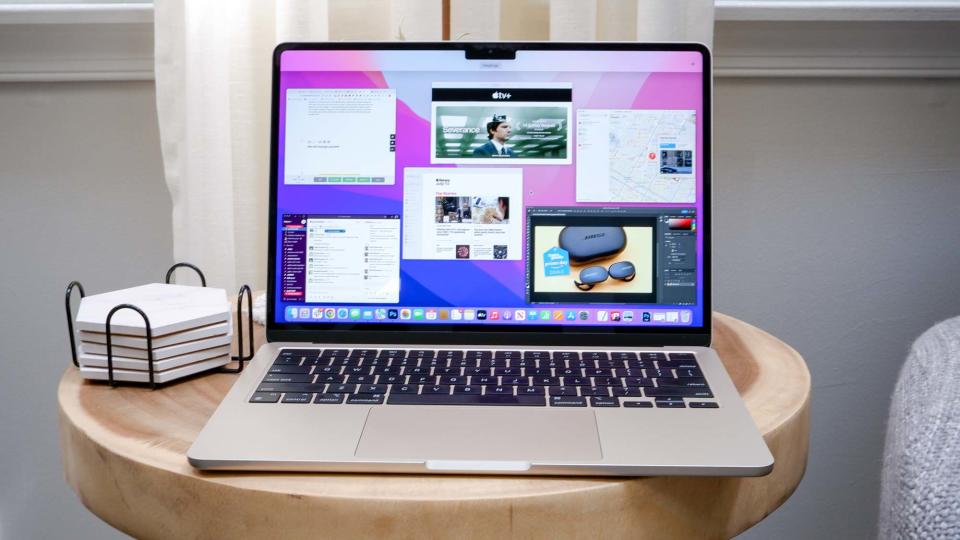
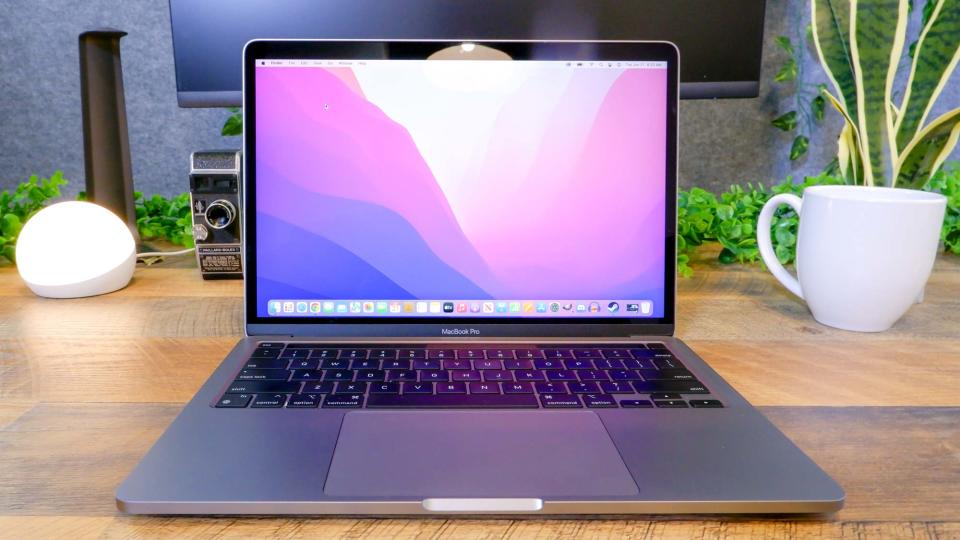
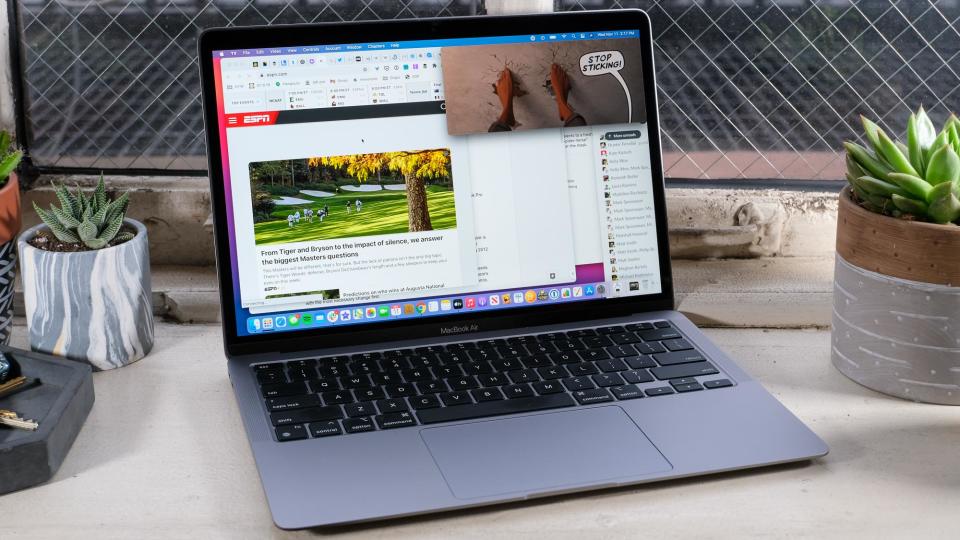
The main thing that jumped out at me personally when running this hierarchy is how Apple’s design language has changed. Don’t get me wrong, they are all formed of aluminum unibodies — promoting a sense of confidence in its durability, but those shells can be a fingerprint magnet. Yes, even the so-called anti-fingerprint coating on the recent M3 Pro/Max MacBook Pros.
But I’m talking more about the aesthetic, which moved from a subtly curved shell to a far more utilitarian presence on the desk. From the much maligned Touch Bar to a set of full height function keys. From merely using Thunderbolt ports to a wider selection, including the grand return of MagSafe.
Every move shows a company going through an odd dichotomy between thinking it knows what the consumer wants, then listening and adjusting when they get it wrong — a key example is the discontinuing of the 13-inch MacBook Pro.
Does it come with a price bump? Sure, from $1,299 to $1,599, but in return, you’re getting something that is actually pro, including that 14-inch Liquid Retina XDR display, a better selection of ports and the function keys for quicker navigation around macOS.
But whatever MacBook you buy, you’re getting a seriously premium construction with great portability, as you can see from the dimensions.
MacBook hierarchy: Display
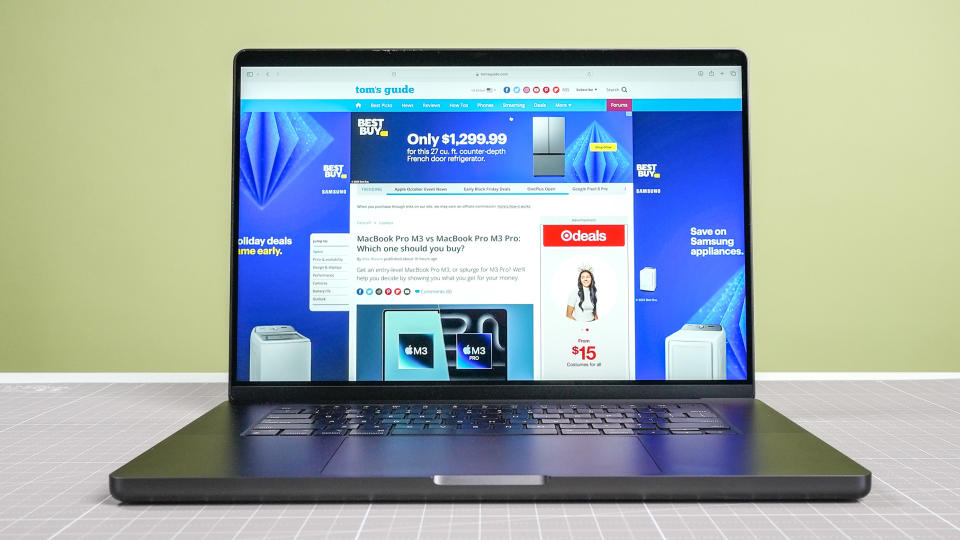
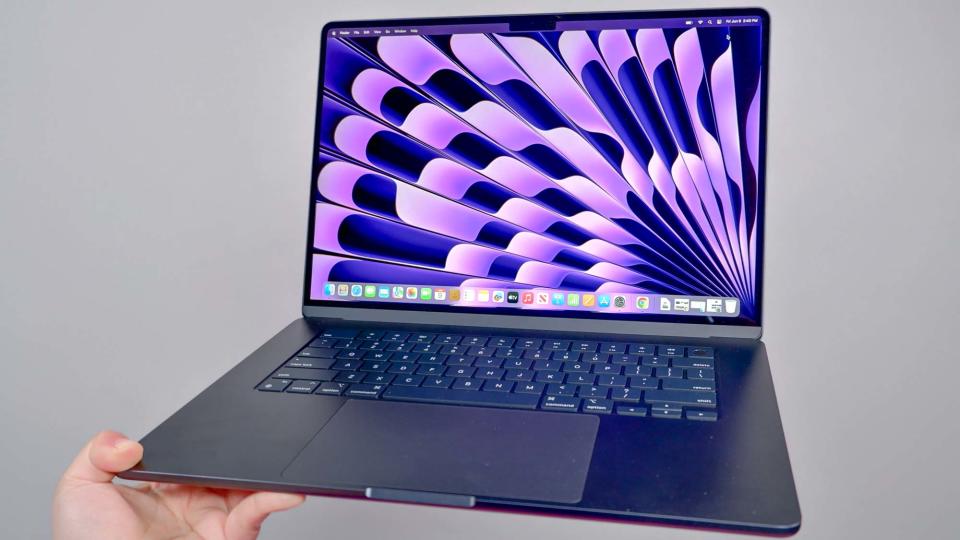
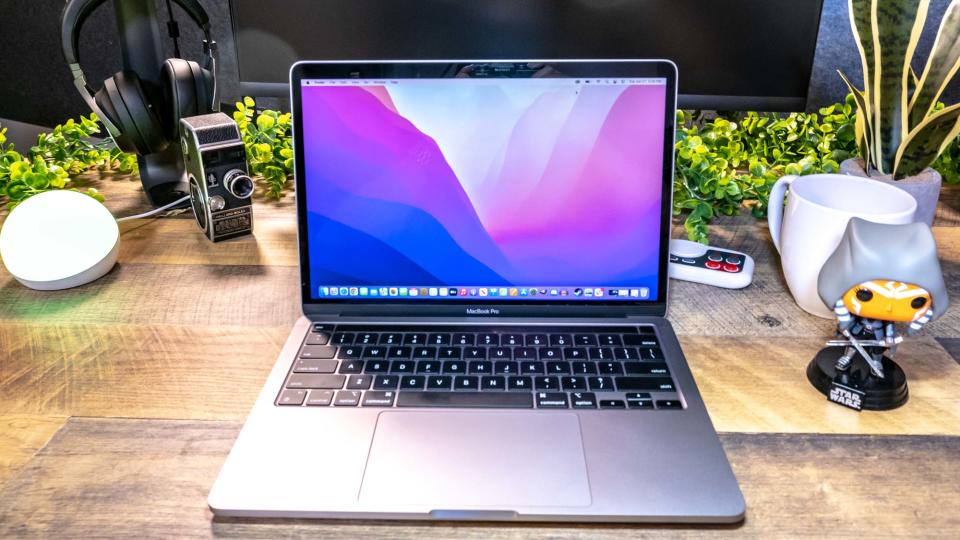
Display technology has moved along at an impressive pace in some areas, and rather glacially in others. Apple hasn’t adopted OLED in any of its MacBooks (yet), but you’ve essentially got three choices here.
Retina: Present in the M1 MacBook Air and both 13-inch MacBook Pros, this is your standard IPS panel with a 13.3-inch diagonal and 1500p resolution.
Liquid Retina: In both M2 MacBook Airs, the color reproduction and brightness got an improvement with a Liquid Retina screen.
Liquid Retina XDR: A move from standard LED to Mini LED drives one of my favorite displays in a laptop. Exclusive to the MacBook Pros, they sport impressively vivid color, a 120Hz refresh rate, and deep HDR that shines off the screen with big, bright imagery. It’s also worth noting that the M3 MacBook Pros have 20% brighter displays than previous generation models.
The results speak for themselves here. Numbers vary from great to good, so it depends on how important screen quality is to you and your time with a MacBook.
MacBook hierarchy: General performance
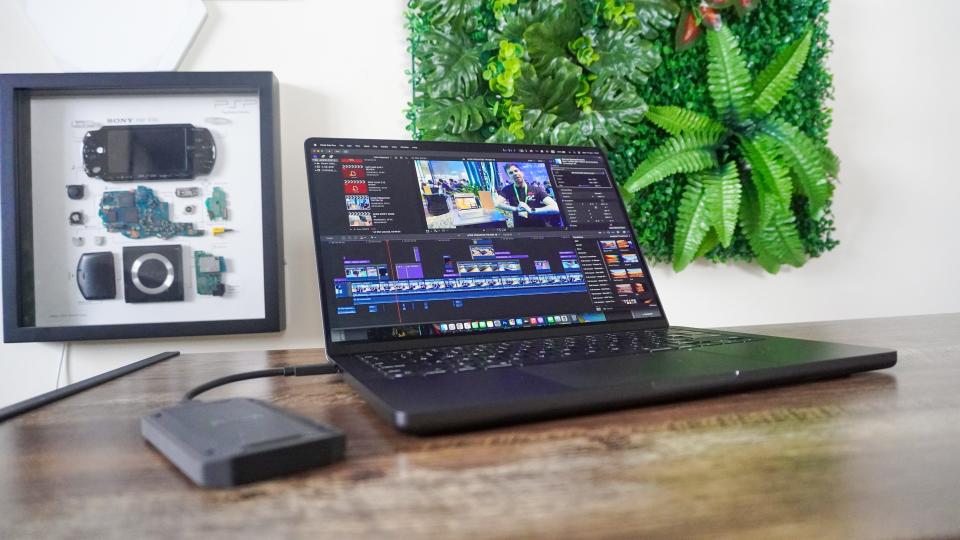
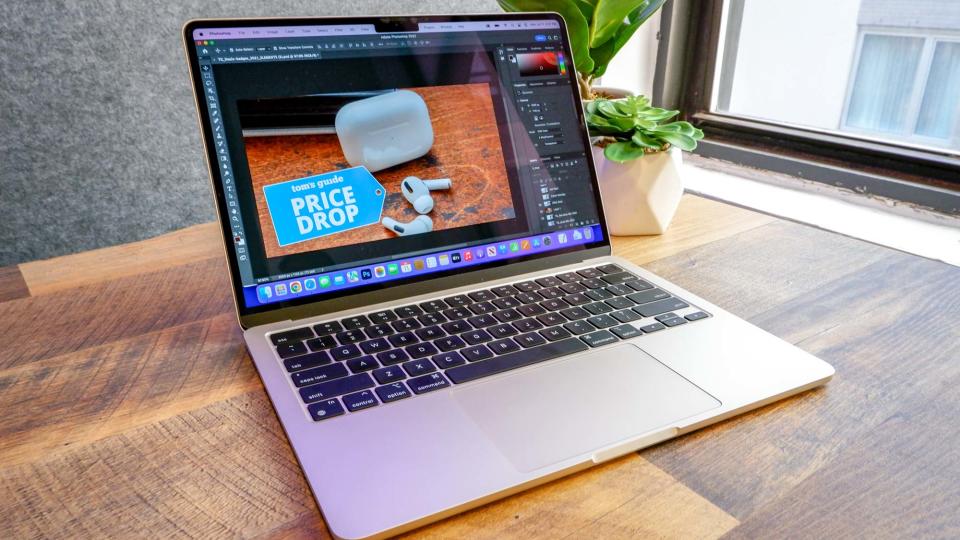
When it comes to how powerful these machines are, you can spot the incremental gains between generations. However, it does become easy to see through Apple’s reality distortion field — especially on the M2 generation backwards, as the improvements are rather small.
But with the move to the 3nm process of M3, there seems to have been a bigger leap in single-core performance in particular. Let’s get to the numbers.
Also, as a quick heads up, there are some laptops in this list that released before Geekbench 6 even released, so the tests we did were solely on Geekbench 5.4 To work around this issue, I drew up an average of results from the latest Geekbench version of each respective laptop — thanks to the community for providing so many!
SSD read and write speeds have remained largely consistent across models too. The only real outlier was the M2 Pro MacBook Pro cutting the speed nearly in half — due to using fewer NAND storage chips which reduces the memory bandwidth quite significantly.
MacBook hierarchy: Gaming performance
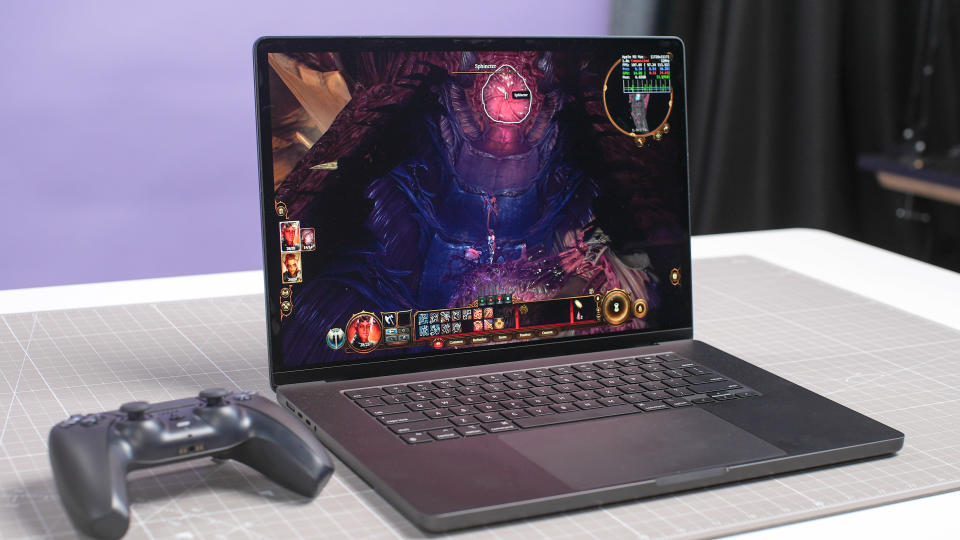
For all intents and purposes, it looks like Apple is finally caring about MacBook gaming. The improvements made to the GPU cores on the M3 MacBook Pros, from hardware accelerated ray tracing to dynamic caching, tell you all you need to know.
Alongside this, the new games moved over to Apple’s own Metal FX coding language, and the game porting toolkit make it a more enticing proposition for developers. But are we seeing the big improvements right now? Not so much.
Games at the moment are not making the most of the new development tools on offer, and I’m confident we’ll see faster frame rates as time goes on and more devs take advantage of what the platform has to offer. But we’re only seeing a few frames per second difference across different generations.
MacBook hierarchy: Price-to-performance ratio
This is where things get interesting, as we break down exactly how much power you’re getting for every dollar invested into your MacBook. Yes, these numbers may be skewed by the cost of previous models going down over time, but it’s interesting to see nonetheless.
With the diminishing returns of Apple Silicon improvement over generations, you can see how that cost starts to rise. However, I wasn’t expecting to see the M2 Max MacBook Pro 16-inch shoot up in cost against every other model.
MacBook hierarchy: Battery life and heat

There isn’t much to say here that wouldn’t be stating the obvious. The battery life and surface temperatures have (mostly) improved incrementally over time with each generational shift.
Whatever thermal management components Apple are tweaking every year, they are certainly working (though I’d still love to see the team put a fan in the MacBook Air). There are some fluctuations in the battery life department, though — namely that the 13-inch Pro with its lower quality display and slower processor means the beefier battery lasts a whole lot longer.
MacBook hierarchy: Which should you buy?
So let’s revisit the question we posed right at the beginning of this — which MacBook is right for you? Well let’s break it down into three use cases to help you out.
“I just need something cheap for the bare essentials”
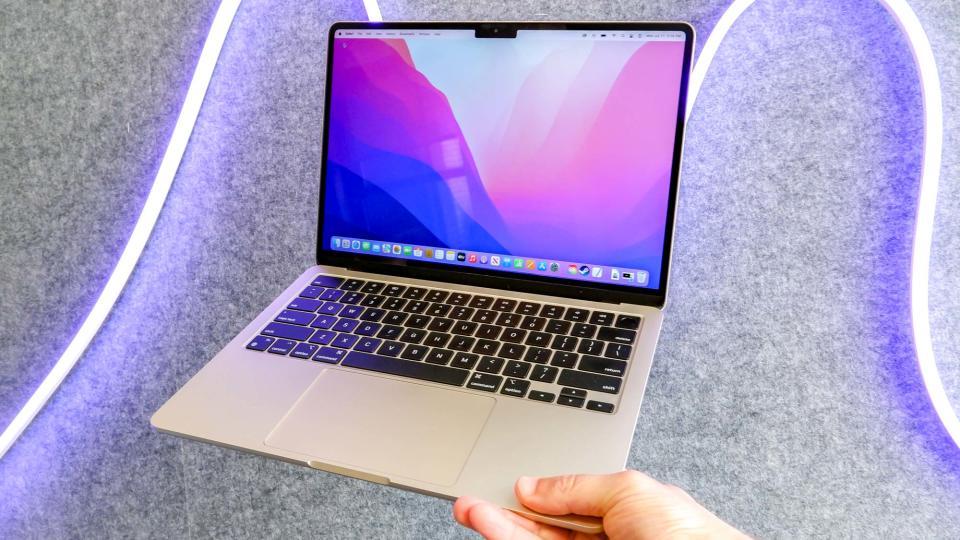

Look towards the MacBook Air M1 or the MacBook Pro M1. They are older laptops, but there is a reason why we continue to write about them. That’s because they continue to be mightily impressive laptops — offering decent performance for your day-to-day and battery life that continues to embarrass competitors to this day in a premium shell.
However, the latest MacBooks are also coming down below the $1,000 mark too, and you could snag the M2 MacBook Air if you prefer to be future-proofed with software updates for a while longer. If that’s important to you, alongside that flatter aesthetic and MagSafe, this is an obvious choice.
“I’m a creative enthusiast looking to boost my workload without breaking the bank”
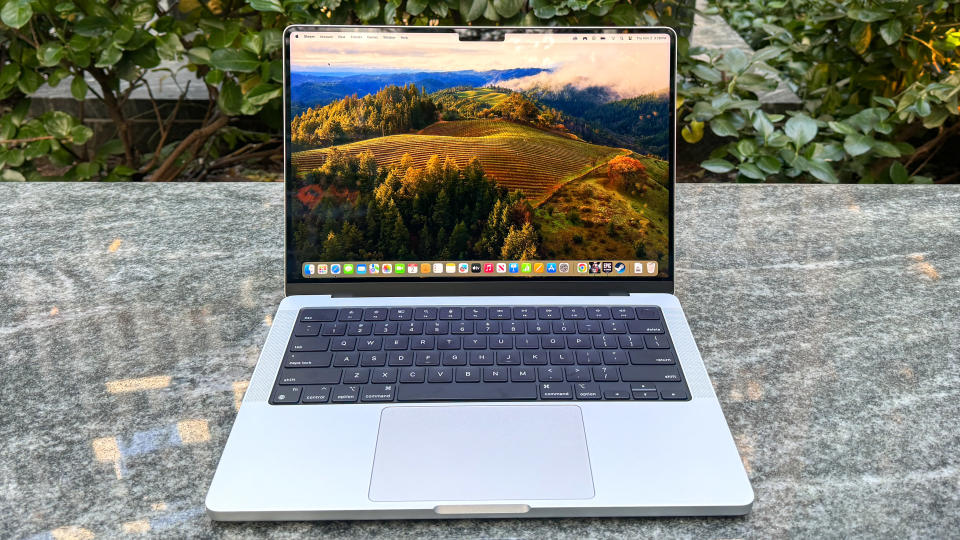
Let’s say you are getting started with a YouTube channel, dipping your toes into more complex photo edits and learning on the go, or you have musical or spoken word aspirations for both audio recording and production.
There are certain situations where an M3 MacBook Air would be a fantastic choice, but there are limits to its potential because of that thermally compromised design choice to remove the fans. So let’s turn to the Pros, where you’re spoilt for choice.
The best option would be the base M3 MacBook Pro — the latest low-end of the pro spectrum gives you all the goodness of the 14-inch frame with a lower cost. However, you shouldn’t ignore past generations, especially given how cheap you can pick up that M1 Pro option.
“I’m a professional and I want to give it the full beans with my workload”
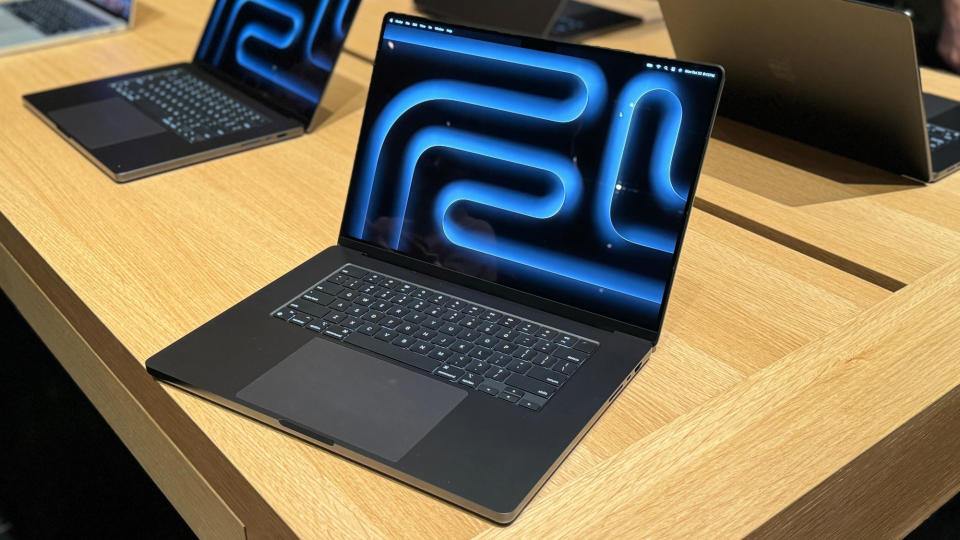
From designing a new building or crafting a cinematic masterpiece, to advanced 3D editing or medical sciences, the Max models will satisfy your needs here. It just depends on how quick you need that ultra powerful chip to run.
It comes as no surprise that the best model for you will be the M3 Max option, but don’t count out M2 Max or even M1 Max. They are still stellar laptops that you can pick up at rather impressive prices for the huge gains in RAM and storage that you get for them.
